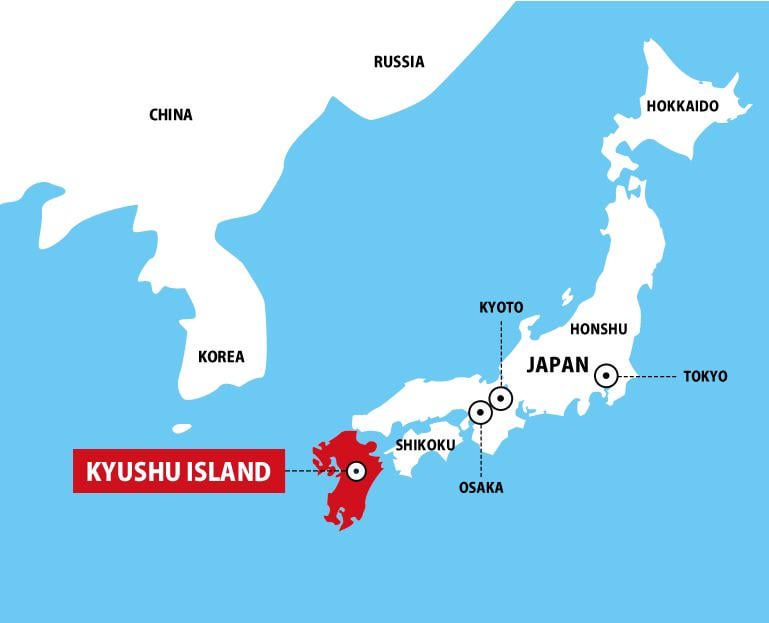Me and my wife, both born on this lovely, but forgotten island, went on our honeymoon to Kyushu, and it was… AMAZING! The people, the food, the sights honestly blew our minds away, even though we’ve been here countless of times before.
It truly made me realize how much tourists that just travel to Tokyo, Osaka and Kyoto are missing out on. Kyushu has muc…




